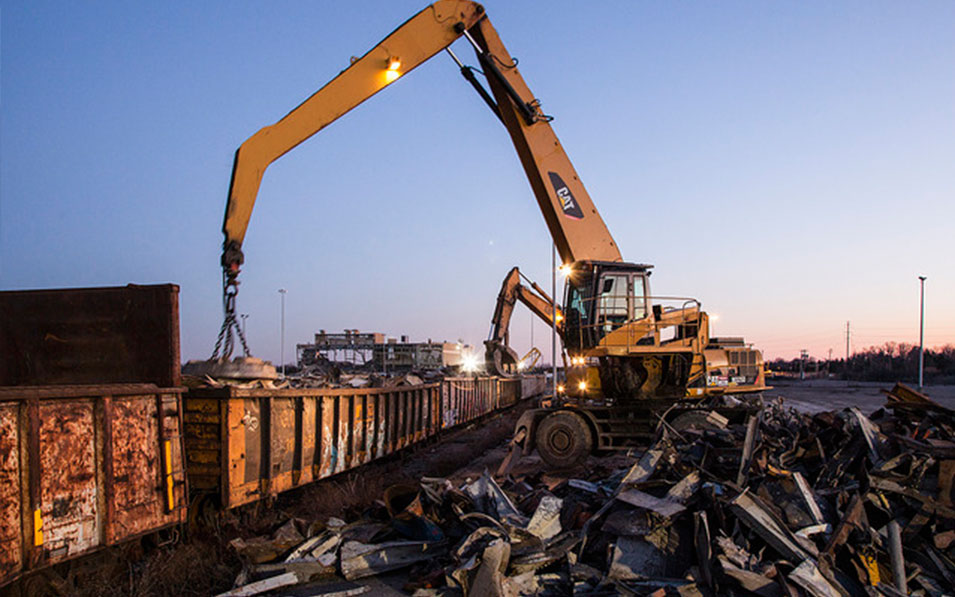
26 May Demolition of the DaimlerChrysler Mound Road Engine Plant
Demolition of the DaimlerChrysler Mound Road Engine Plant in Detroit is in the final cleanup stages. The plant ceased its production of many different engines, including the V-10 Viper and truck engine, in 2002. MCM Management Corporation, of West Bloomfield, is the prime contractor that is doing the majority of the work on the project.
“Our job was to go in and remove the non-friable asbestos, such as asbestos shingle. Before we demolished the building, we did the environmental cleaning of all of the different machinery lines that were in there to make the engines. There were over 1,000 machines that had to be cleaned. The process employed included removing the oil, washing or scraping remnant product and ensuring environmental safety with all cleaned materials before they were shipped,” David Mardigian, president of MCM Management Corporation, said.
The plant was just under 1 million square feet. The demolition project began in late July 2003. Actual demolition began in October 2003 and it is expected to be completed in April.
“The challenges on this project were the schedule and the location of the facility. The building is like many we’ve demolished. The specification included a 40-foot-tall to 60-foot-tall industrial building, which did not pose a serious challenge for MCM, given our extensive work tools and experience. The challenge remained in executing the demolition process in a way that didn’t impact the owner’s operations, the general public or the neighborhoods. We can perform heavy industrial work like this in a very congested area without risking any damage or danger to the surrounding area or stakeholders,” Mardigian said.
“Dust control is a critical issue of a demolition project that requires one to be aware of the prevailing wind conditions to be effective in this effort. We use a tremendous amount of water for dust control purposes. We employ several different processes, one of which is patented, which entails removal of hazardous materials from a structure by mechanical means. With dust suppression measures that reach to 85 feet high, MCM can eliminate all fugitive dust.” 2003 was MCM’s sixth consecutive year without a loss time injury. Mardigian attributes the excellent safety record to the company’s extensive safety training and conversion of work that was done by manual labor to work done with machines.
“In the case of dust control, it certainly costs less to hire a laborer and give him or her a fire hose, than to buy three $250,000 water trucks. But, is it safety conscious or effective? Well, in the case of dust control, the water truck, even though it’s more expensive, is far safer, because it takes the employee that’s in charge of controlling dust and it puts them far away from the point of demolition,” Mardigian said.
MCM currently owns and operates approximately 250 major machines (trucks, excavators, loaders, dozers, soil compactors, and landfill compactors) and tools (demolition shears, grapples and concrete demolition tools).
MCM used its Cat 345B UHD with an 84-foot Ultra High Demolition Platform to take the plant down. Other equipment used for the project included one Cat 375L hydraulic excavator with a grapple; one Cat 375L hydraulic excavator with a Cat MP shear; two Cat 350L hydraulic excavators with Labounty 100 shears; one Cat 330MH material handler with a magnet; two Cat 330BL hydraulic excavators with Labounty shears; two Cat 980G wheel loaders with demolition buckets; two Cat 245B excavators with Labounty 2,000-ton shears; one Cat D400 articulated truck with an 8,500-gallon Klein water tank; and one Cat D25AC articulated truck with a 5,000-gallon Klein water tank.



Sorry, the comment form is closed at this time.